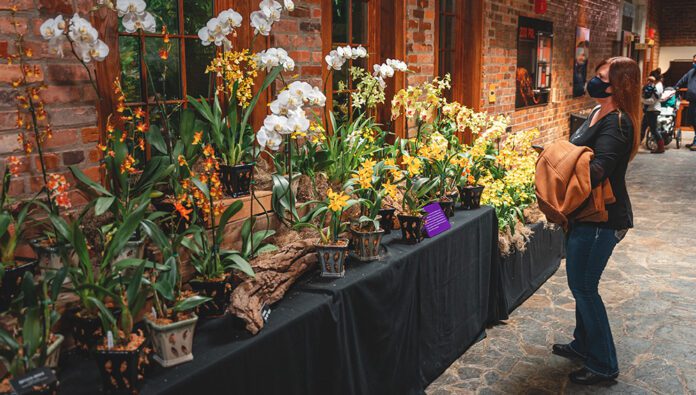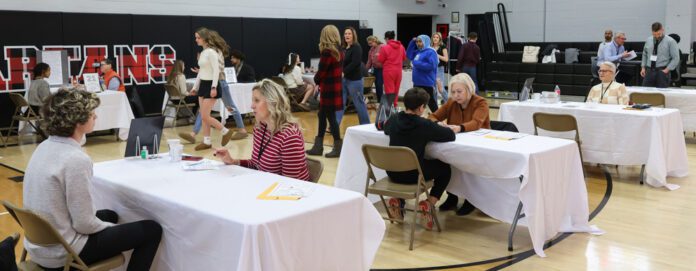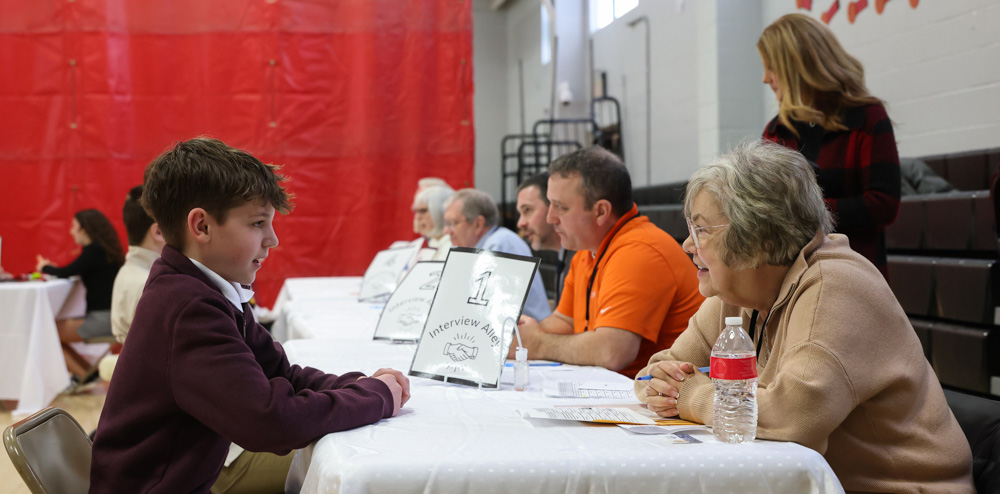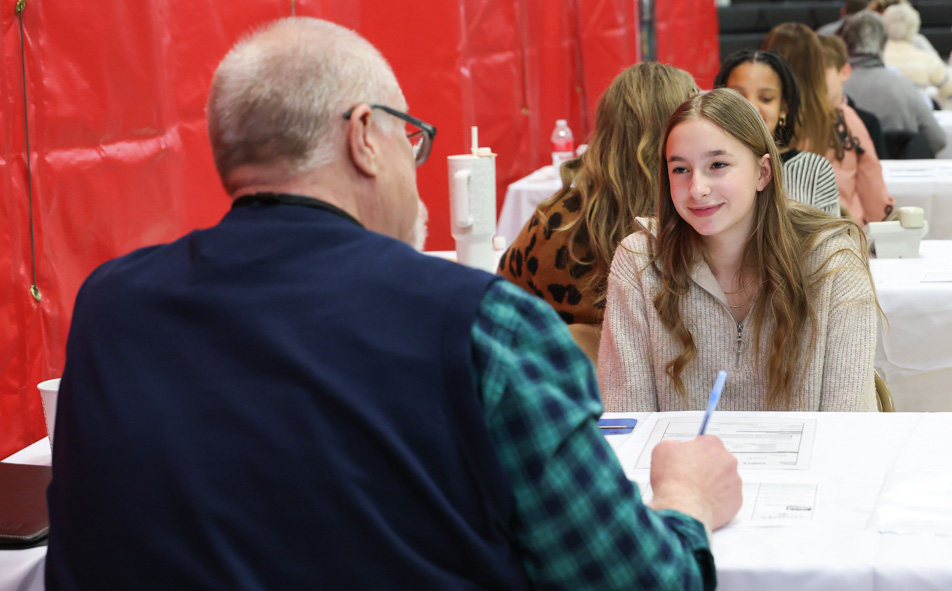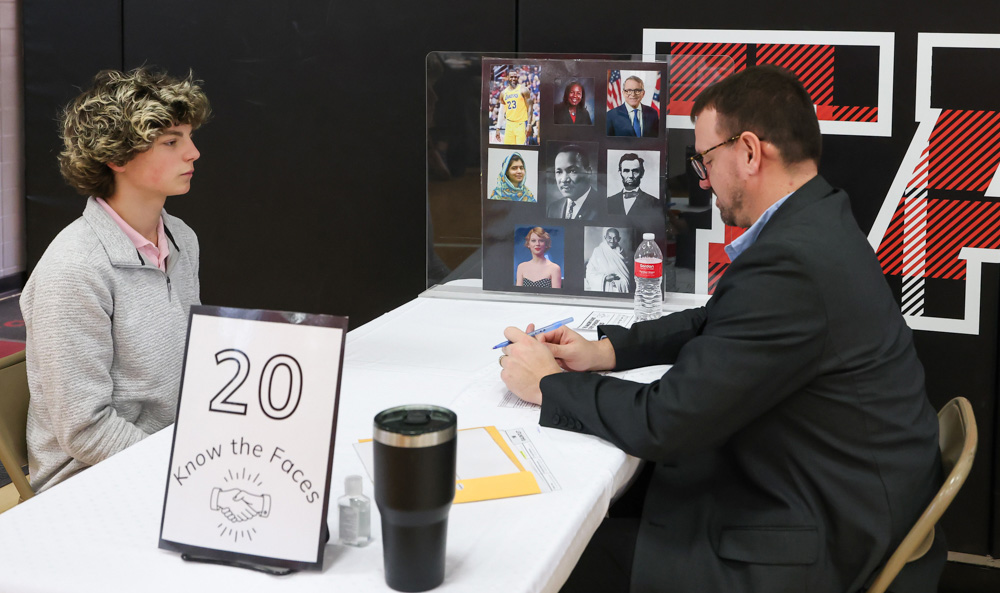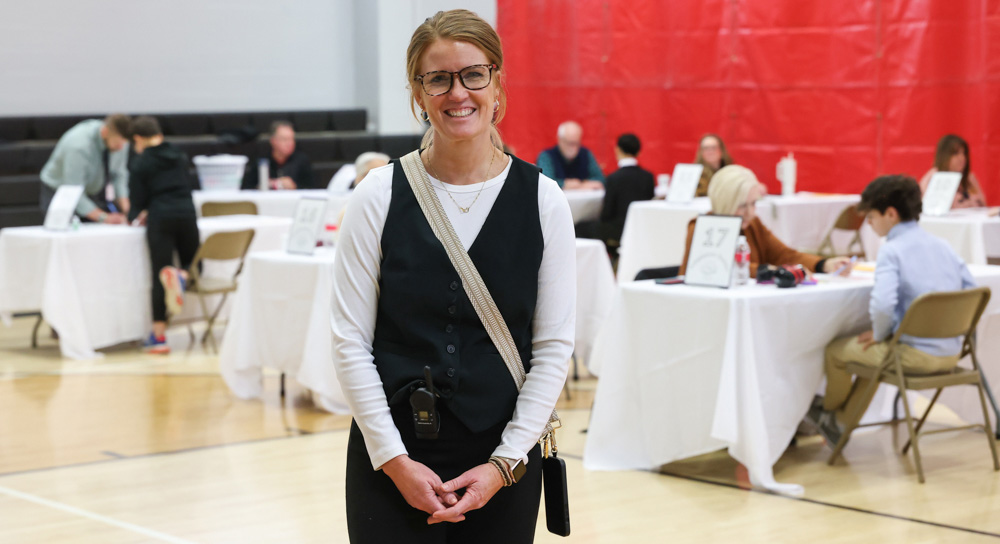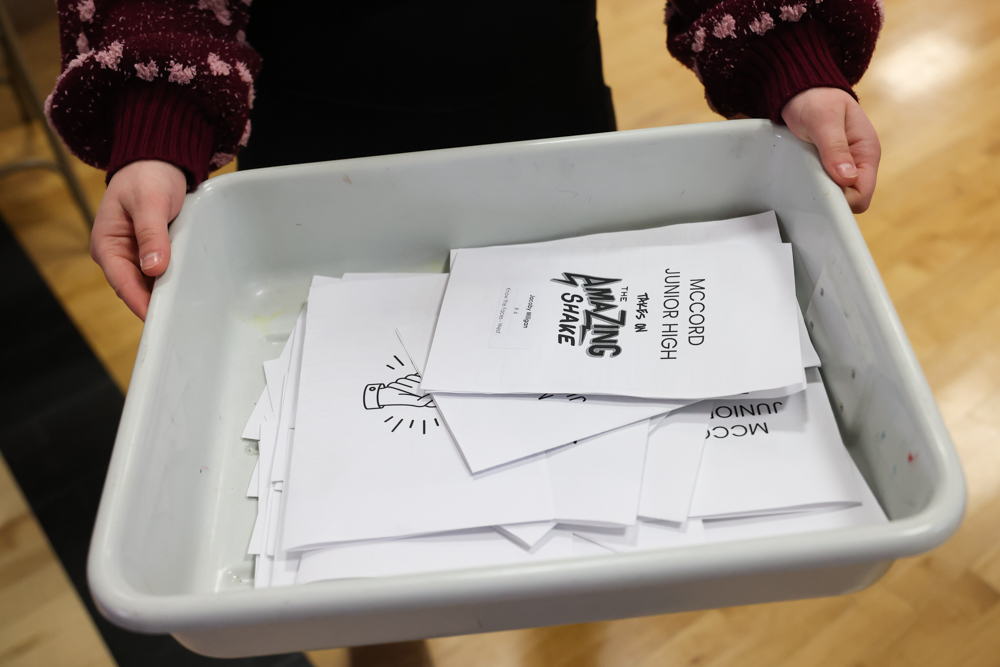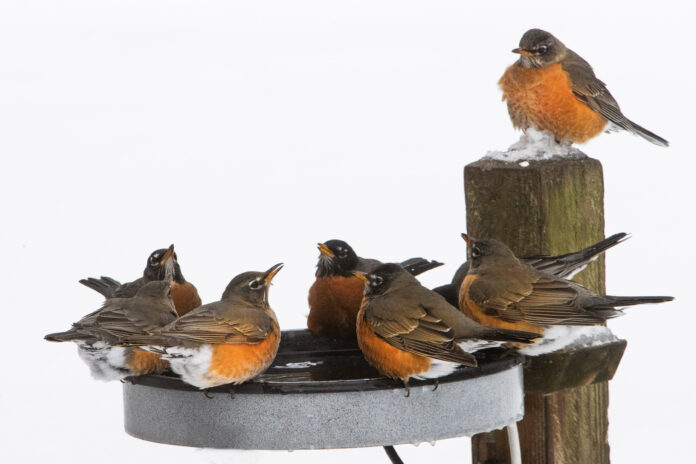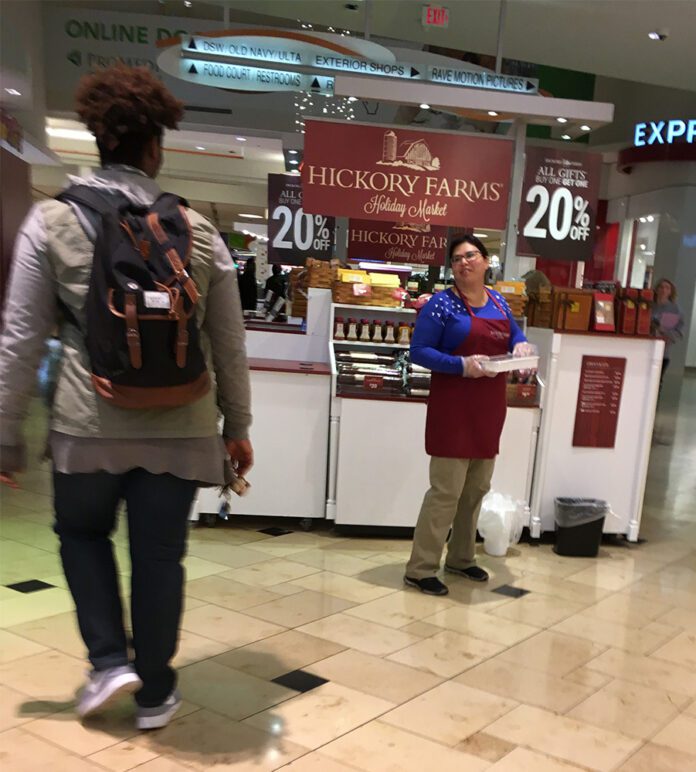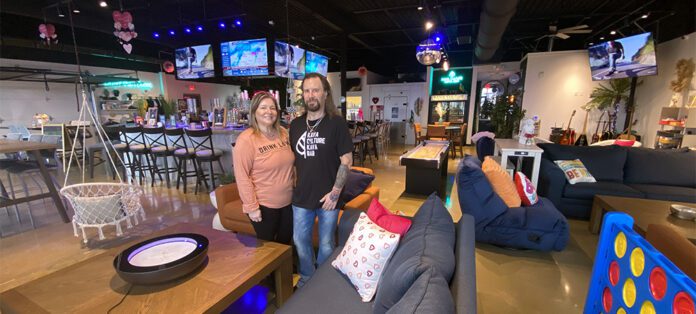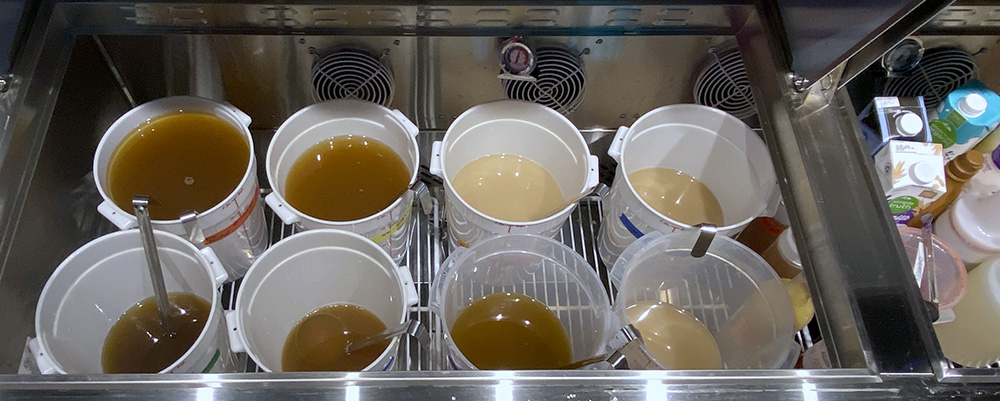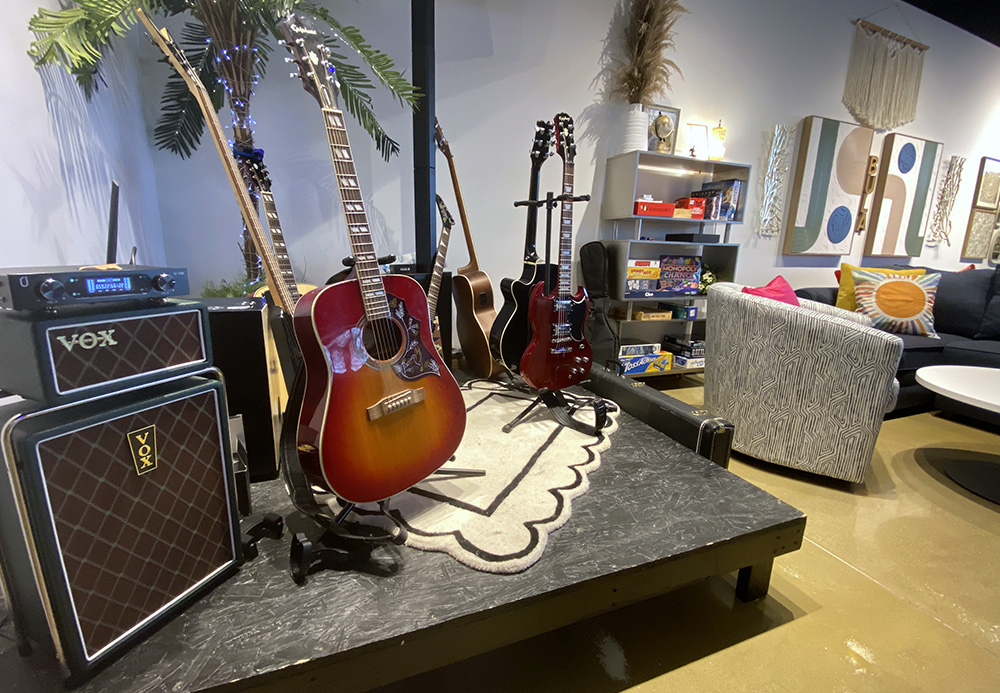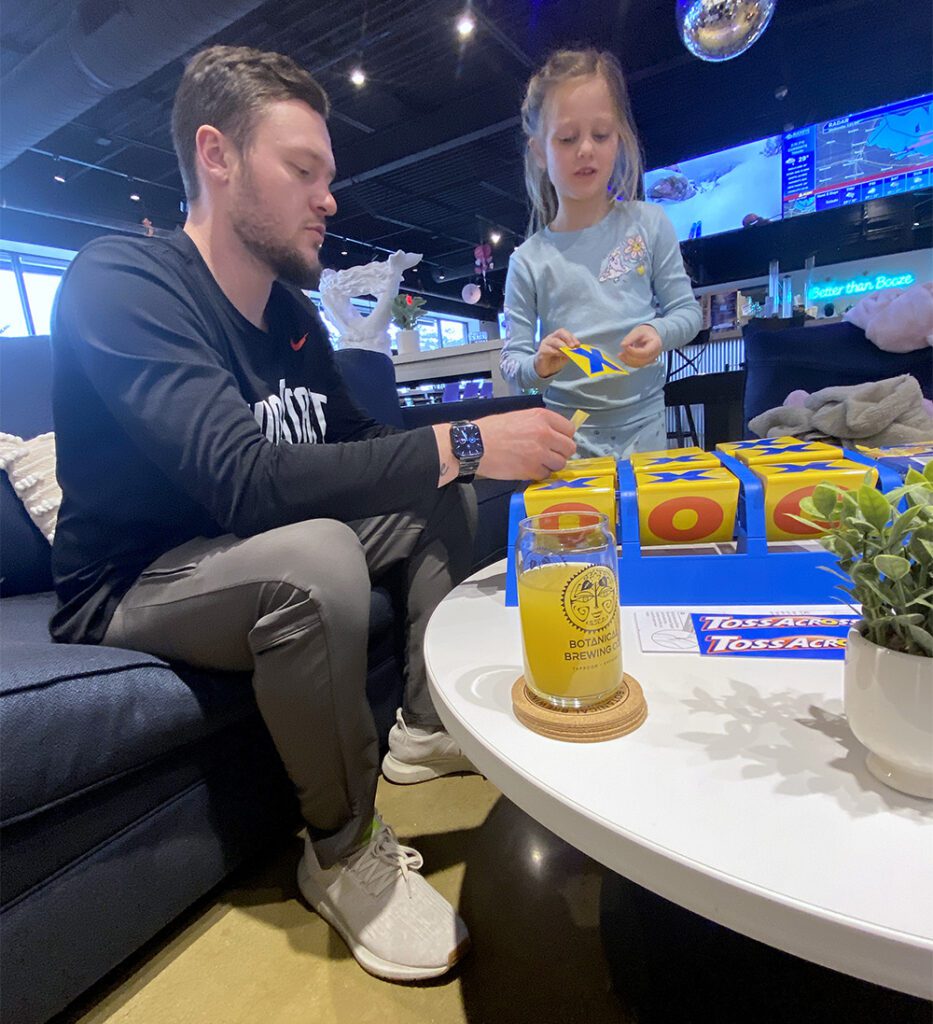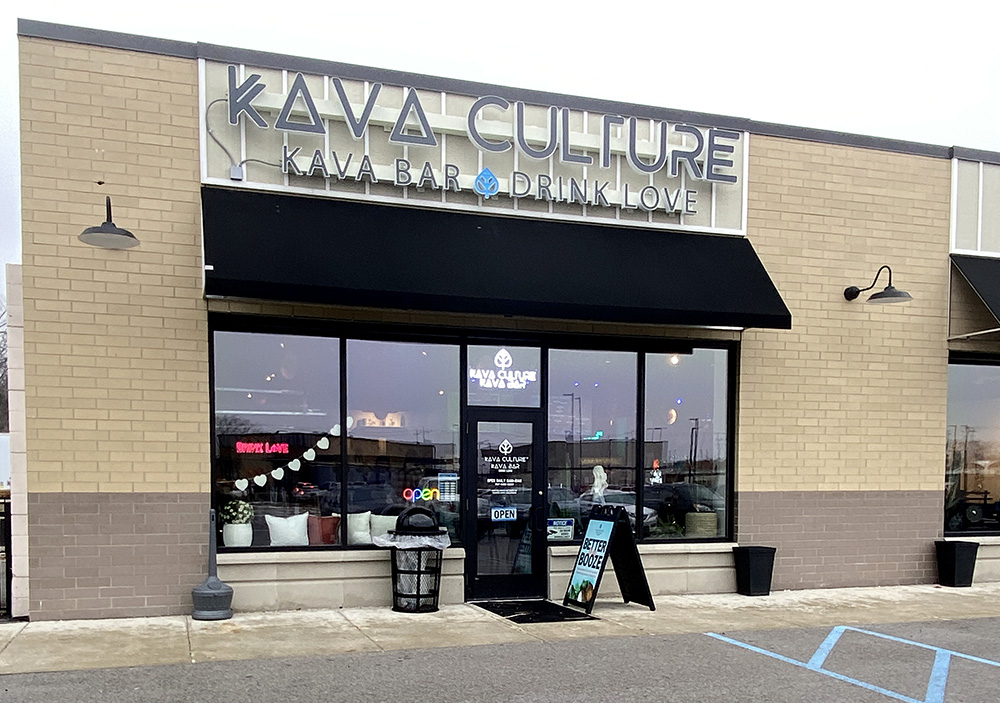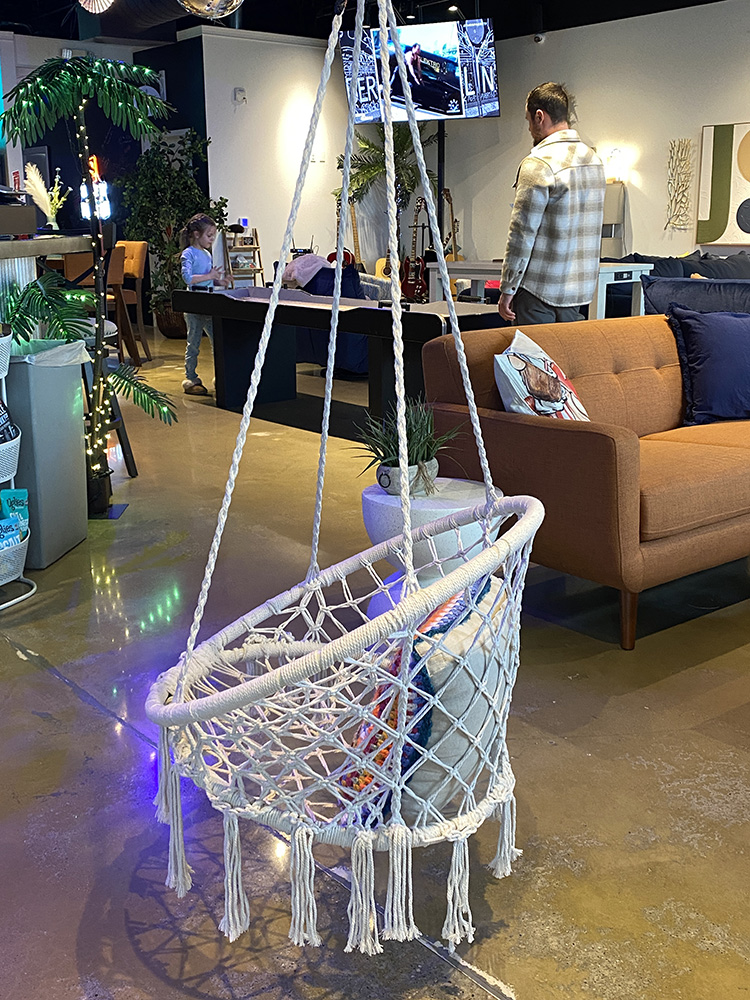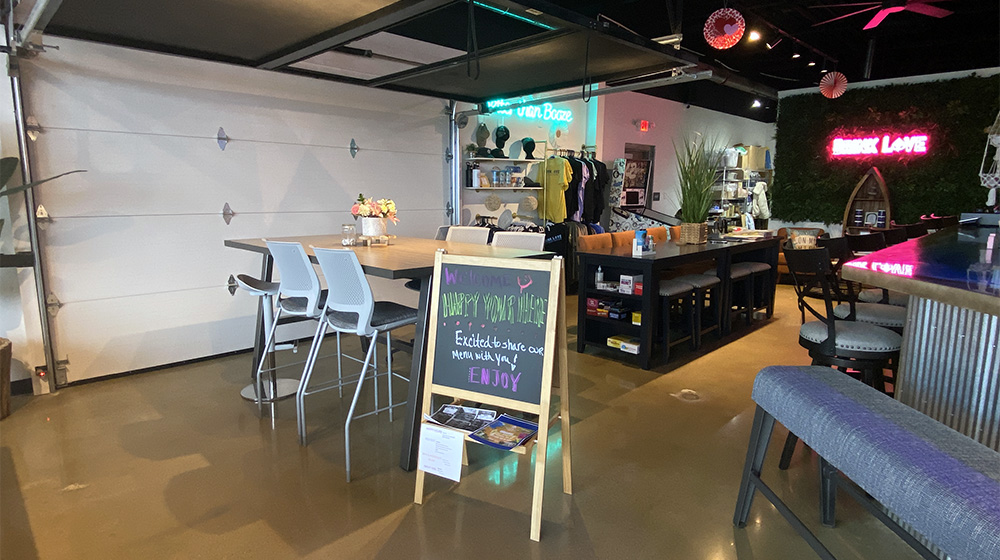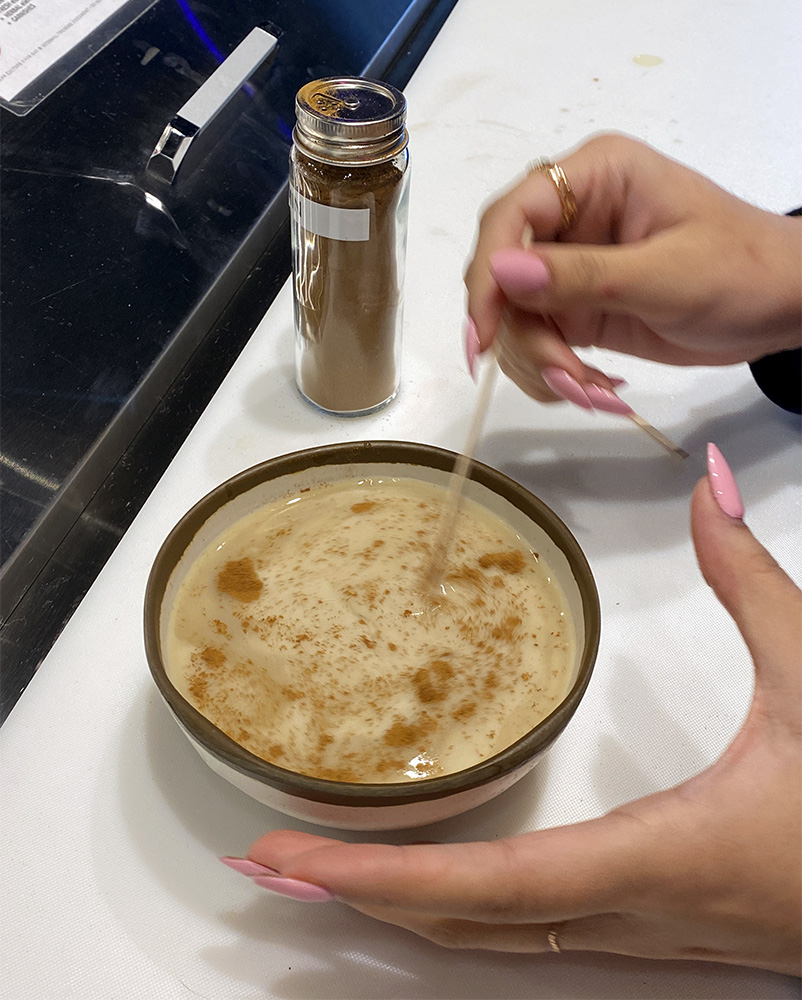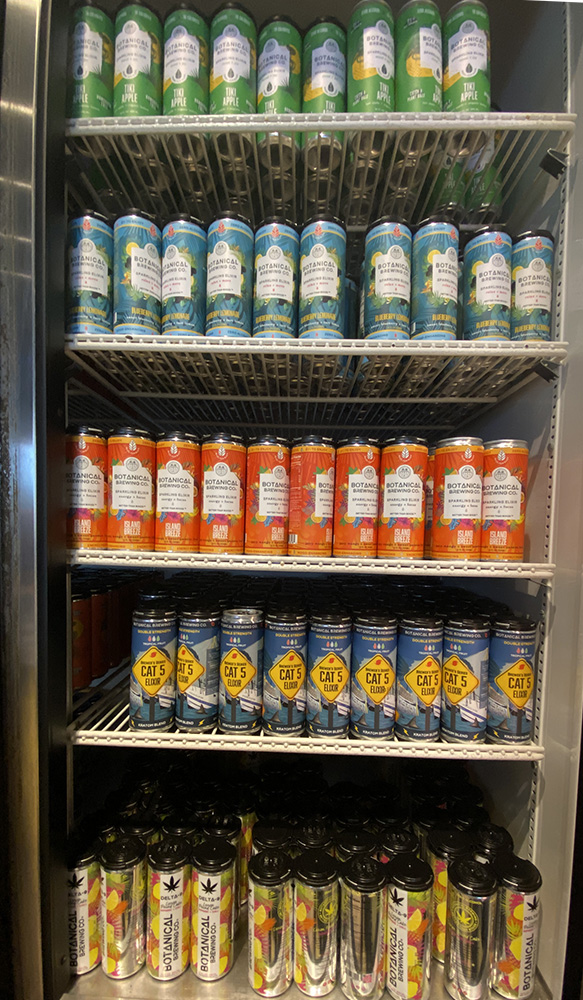TOLEDO – Back in 1871, the City of Toledo bought land along the undeveloped Maumee River and founded its first city park, calling it Lenk Park. Three years later, the city added acreage and changed the park’s name to Riverside Park, and in 1887 the name was changed once again to Walbridge Park, which still exists today.
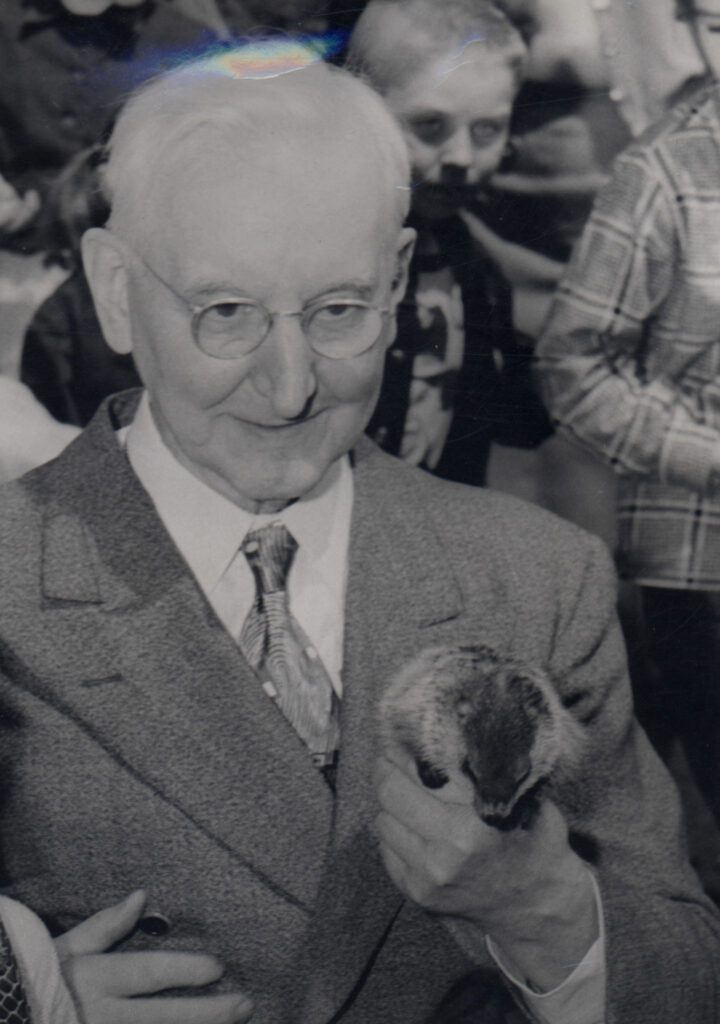
To make a long historical story short, in 1899 city officials wanted to start a zoo at the park, so local businessman Carl Hillebrand donated a single woodchuck as its first exhibit – and the Toledo Zoo was born.
Over the past 125 years, the Toledo Zoo has steadily added species and exhibits, becoming a landmark and cherished destination for millions of visitors who come to visit the zoo’s 16,000 individual animals and more than 680 species.
This year, the zoo is celebrating its 125th anniversary, with the campaign slogan of Honoring our past. Envisioning our future. The first event kicks off with the return of the annual Orchard Show, a winter favorite that runs until Feb. 23.
“The Toledo Zoo has been a key anchor in our community, a fundamental force,” said Toledo Zoo president and CEO Jeff Sailer. “For 125 years, we have been making this a better community, and we have been a good business, too.”
Strong local impact
Over the zoo’s history, Sailer explained that tens of millions of people have visited from the Toledo area, as well as consistently high numbers traveling here from Michigan, Indiana, and other parts of Ohio. Today, attendance averages 1 million annually, and results in an average annual contribution of more than $73 million to the local economy.
“This year, the Zoo has more than 77,000 membership households, the highest ever,” Sailer noted. Considering the average number of people in each household, the actual membership number is close to 300,000 people.


In its 125 years, the Toledo Zoo has set many standards for conservation, education and community connection:
- Caring for 90 endangered species, and participating in conservation projects around the globe (including Nepal, the Pacific Islands and Tasmania)
- Leading local conservation efforts, including reintroducing lake sturgeon to the Maumee River and releasing 1,000 monarch butterflies to support their migration to Mexico
- Developing school and educational programs that reach over 45,000 students
- Maintaining more than 40 acres of native prairies on Zoo grounds, and the largest collection of WPA (Works Progress Administration) era buildings in one location
- Accredited by the Association of Zoos and Aquariums
Orchid Show underway
To kick-off the anniversary’s activities, the 6th annual Orchid Show is running on Fridays, Saturdays and Sundays from 10 a.m. to 4 p.m. through Feb. 23 in the ProMedica Museum of Natural History. Admission is included in zoo admission, which is half-off during this time of year.




Orchids are one of the largest plant families on earth, found in almost every habitat on Earth except glaciers (but especially in tropical climates). Hundreds of cultivars are on display during the show, according to Ryan Walsh, Ph.D., the zoo’s director of plant conservation.
“We have 2,400 orchids on display for this show, more than 30 percent more than in previous years,” he said. “It was a chaotic week putting the show together. Our orchids are from as far away as Hawaii and Florida, all at the same time.”
In addition to displays filling the Museum of Natural History, the show includes workshops and classes about caring for and photographing orchids, along with special ticketed events, such as Blooms & Bubbly (champagne tasting and small plates) and Slow Brew (coffee-sampling with live music).
The conclusion of the orchid show will feature a plant sale on March 1 from 10 a.m. to 2 p.m. in the Museum of Natural History’s Great Hall.
“The show is a little bit about education,” said Walsh. “But it’s also a breath of spring in February in Toledo.”
125th Anniversary Events:
- March 27: Making Waves Donor Event
- March 29: 10th Anniversary of the Aquarium
- May 24-25: 125th Zoo Birthday Bash & Summer Season Kickoff
- Oct. 10-23: 125 Years of Impact Symposium
“The symposium will feature the impact we’ve had in conservation and science over the years,” explained Sailer. Colleagues will be in attendance from projects in the Philippines, Nepal and Brazil, among others.
Oct. 23: Impact to Action | A Legacy Gala - 125th Zoo Birthday Bash and Summer Season Kick-off – May 24-25
- 125 Years of Impact Symposium and Legacy Gala – Oct. 21-23

